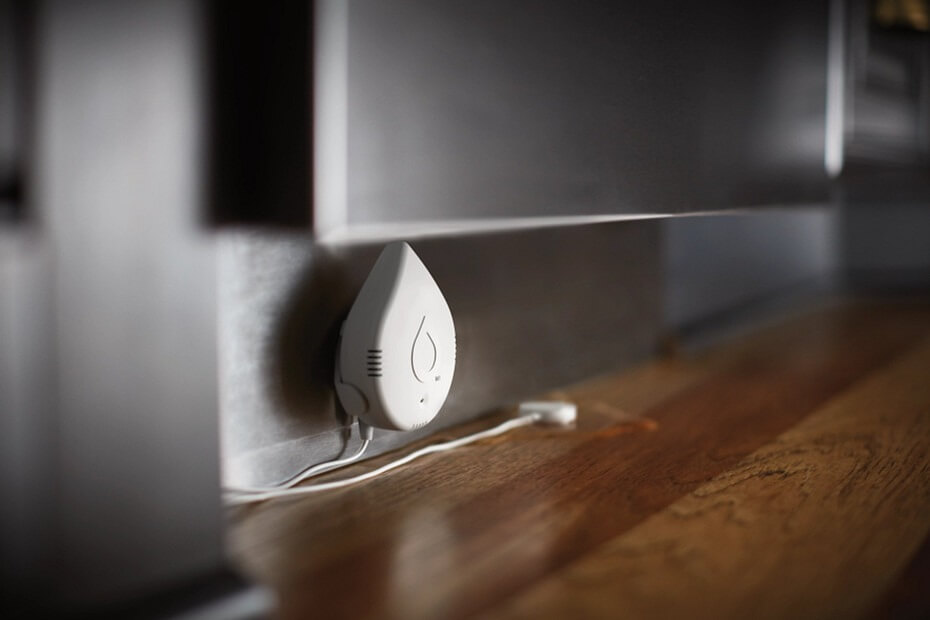Wireless Water Leak Detection
The importance of leak detection sensors
Wireless (Wi-Fi) or cellular (device to device) sensor systems protect buildings and contents through remote monitoring, allowing quick action in the event of a leak and reducing future claims. These systems are particularly important for churches that are not occupied 24/7, as well as golf course structures or other commercial buildings that are closed during winter months.
What is a leak detection sensor?
When water leaks, high humidity, or freezing risks occur, the sensor sets of a physical alarm or triggers an alert sent to a phone or computer. Some systems can even shut off water valves.
Grinnell Mutual now requires certain commercial risks to have or install an eligible wireless or cellular water-detection system in order to qualify for coverage. These risks include, but are not limited to, House of Worship accounts.
Eligible systems must call a minimum of two individuals within the organization if a water leak is detected and require a live voice to pick up or advance automatically to the next contact on the call list. If no one answers it should return to the first person.
Sensor placement
Placing sensors in 100 percent of the floor area is not required. Sensors only need to be placed in high-risk areas with floor drains or sumps or that have no heat source, or a minimal heat source.
Sensors should be installed in:
- Areas where water faucets such as sinks, toilets, or piping are present
- Areas where there is minimal heat or insulation or where heat tape or pipe wraps are used to keep pipes from freezing, but no heat source exists
- Areas where past water leaks have occurred and there has not been a permanent repair made
- Areas where there is a floor drain, a foundation wall, or an area of the building where old piping has leaked and only the leaking pipes were replaced
- Areas where pipes burst in the past due to limited heat; water lines are within exterior building walls and are not properly insulated; or water lines are where heat is minimal or non-existent in the area. These areas may include garages, unfinished storage rooms, etc.
- Areas where water lines and mechanical systems are present in the attic.
- Older sections of a building that include bathroom or kitchen fixtures and the original plumbing, especially if those pipes are galvanized, which frequently rust out
- Sprinkler control rooms
- Laundry rooms
- Kitchens with dishwashers
The estimated average cost of systems that meet Grinnell Mutual’s eligibility and underwriting guidelines is $100–$400. We do not recommend any particular manufacturers or brands for leak sensors. An internet search for “commercial wireless water detectors” or “commercial cellular leak detection” will return many options to choose from.


